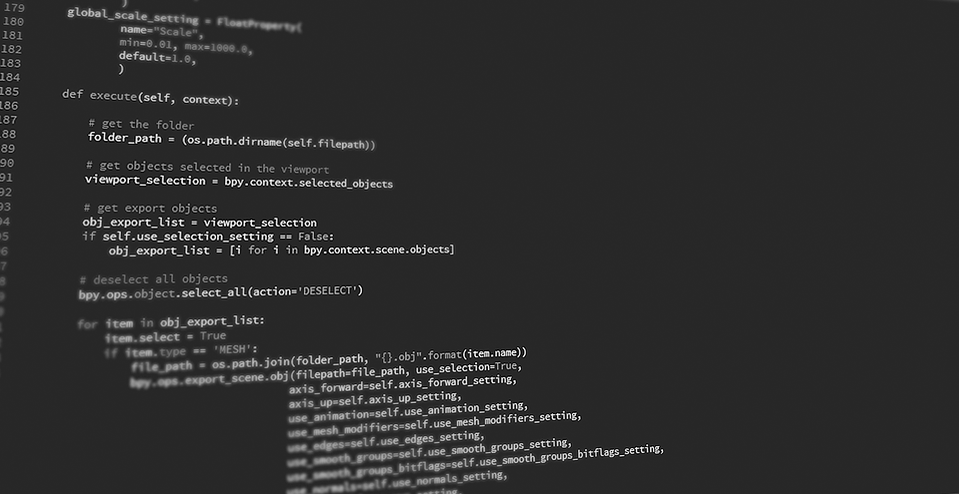


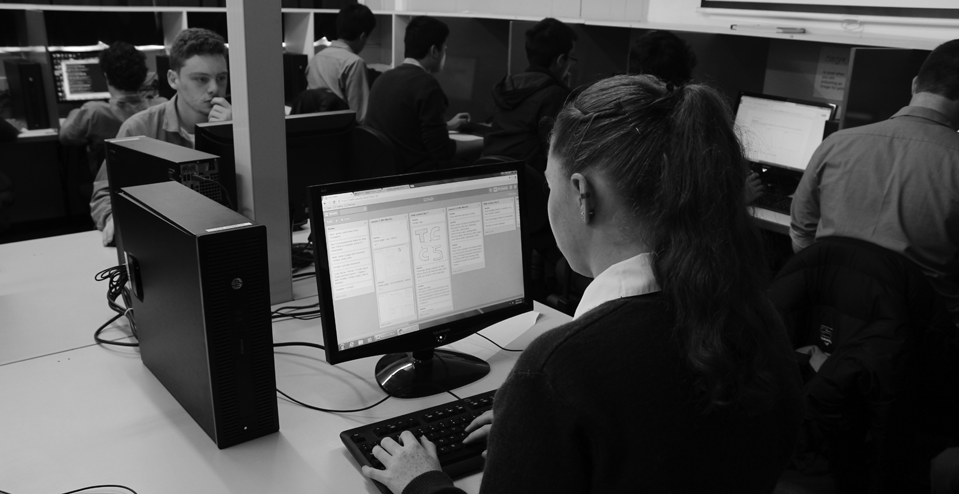
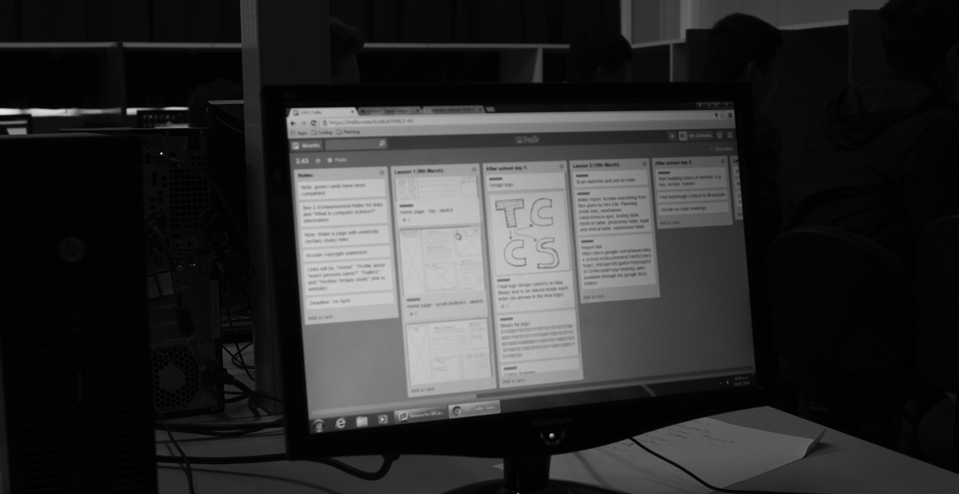
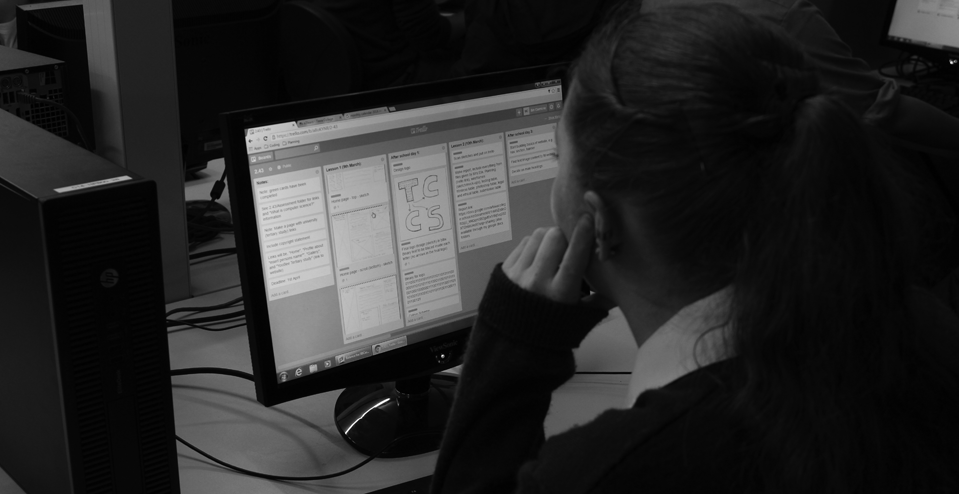
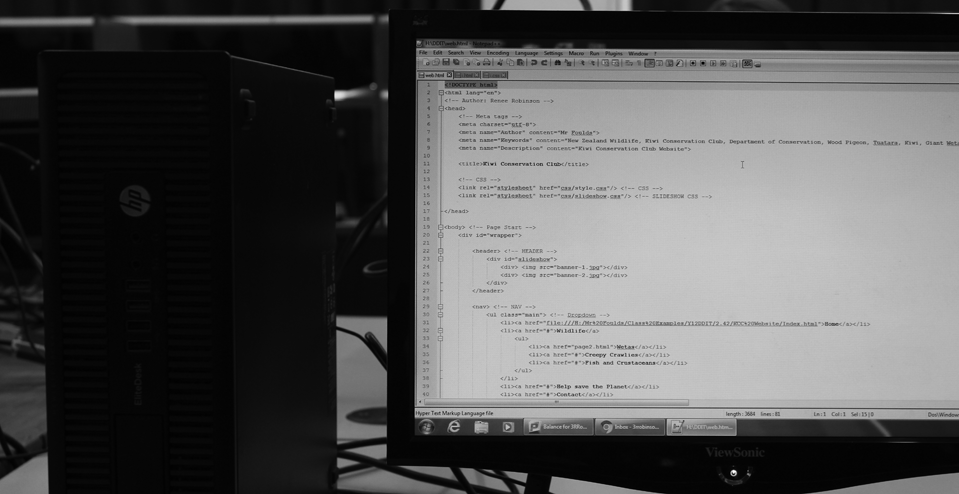

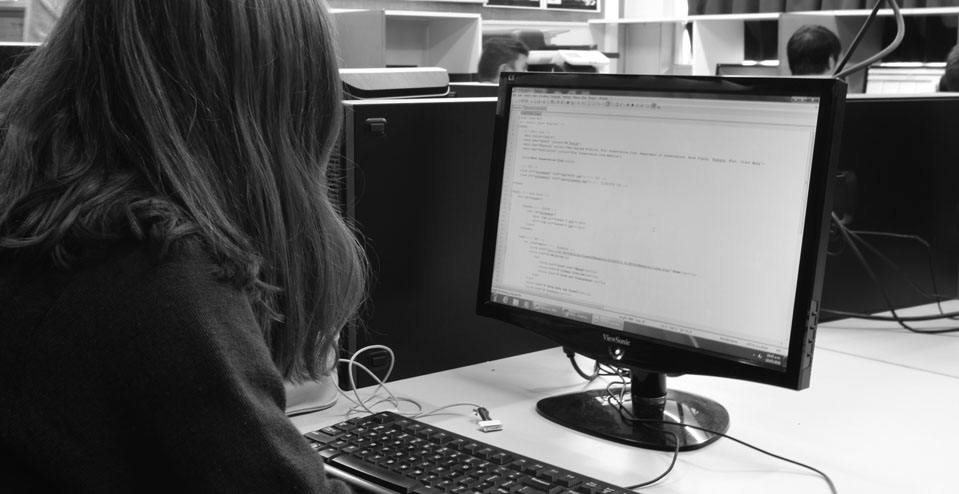
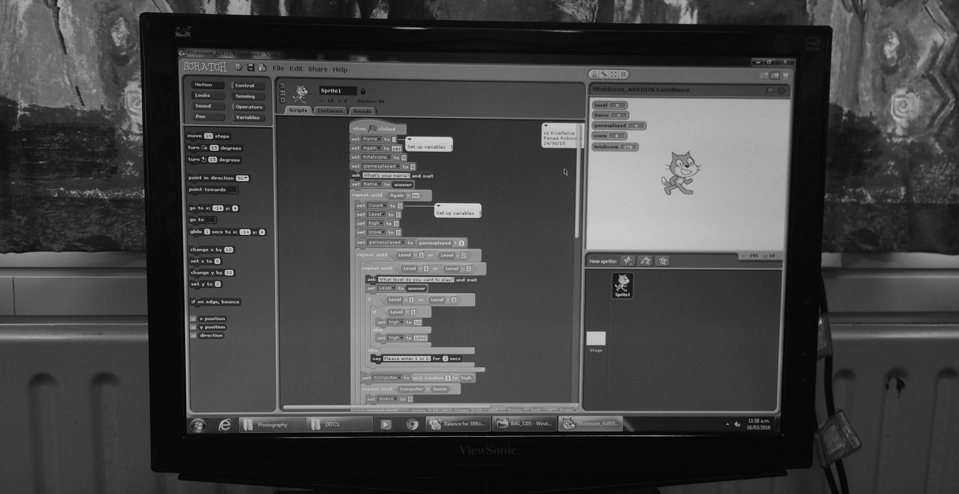











Computer science is a very large subject with lots of applications. Computer scientists design new software, solve computing problems and develop different ways to use technology.
But, whatever they’re doing, all computer scientists rely on ‘computational thinking’.
Computational thinking involves looking at a problem and working out a way a computer might be able to help you solve it. To do this, you need to understand how a computer processes information.
A programmer, coder or software engineer is someone who designs and makes computer programs. They might use one type of computer language or many. They use computational thinking all the time.
Programmers are logical thinkers and problem-solvers. They look at problems and try to come up with different ways of solving them.
In this course we learn how to code and program in many different languages as well as understanding algorithms that make the very basics of code work. We learn how to code in HTML and CSS which make websites as well as in Python and Scratch which we can use to make interactive games. This course provides up to 18 level 1 achievement standard credits.
This course is a more advanced version of Computer Science at level 1. We learn and practise everything the same as we do in level 1 (excluding Scratch) but to a more advanced level. We also learn PHP and MYSQL in this course and can gain up to 20 level 2 achievement standard credits.
Much like Computer Science at level 2 is to level 1, level 3 is an advanced version of the previous course. At level 2 it was optional to learn jQuery but in this course it is part of the standards. This course provides up to 20 level 3 achievement standard credits and it is also a university entrance course.
There is more information about these courses in the course information booklets for CS level 1, level 2 and level 3.